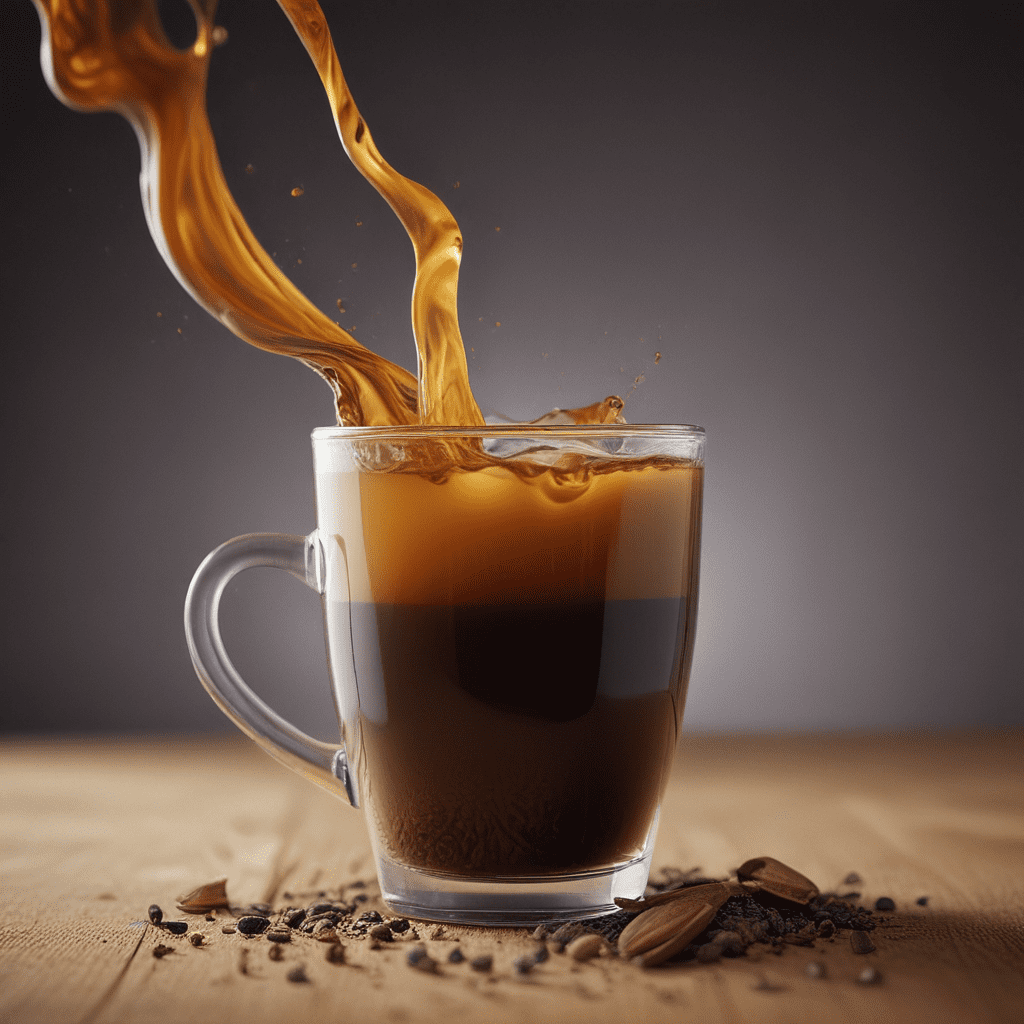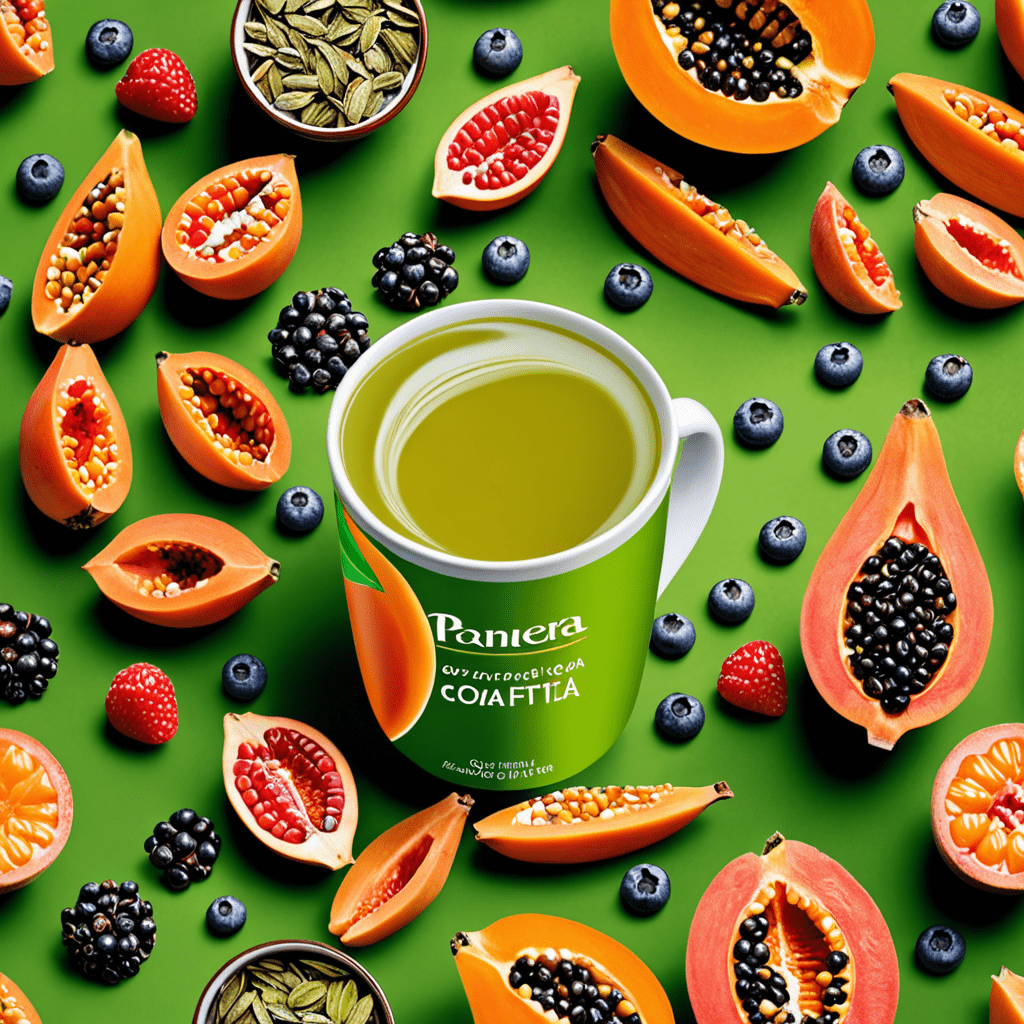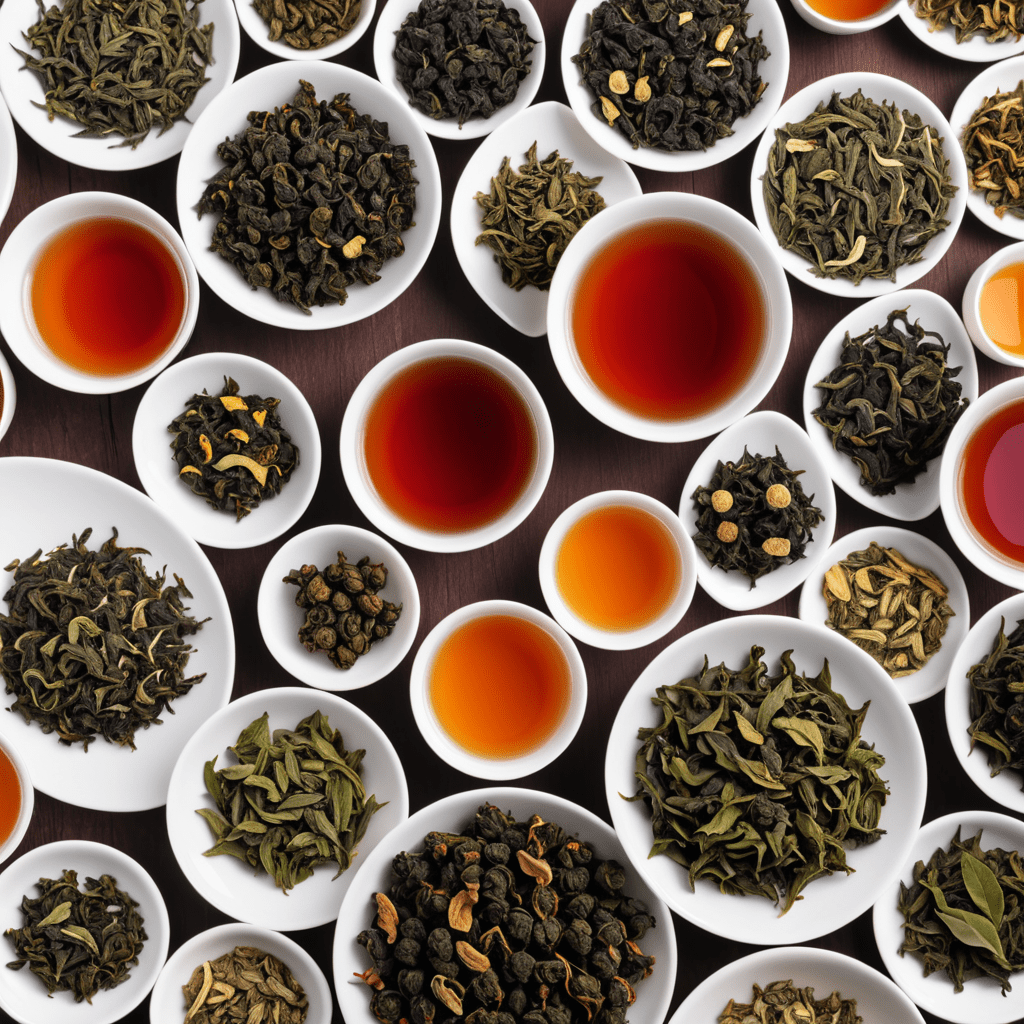Chai Tea's Origins and Ritual Significance
Chai tea, a delectable beverage steeped in history and tradition, has captivated tea enthusiasts for centuries. Originating in the Indian subcontinent, chai tea was initially concocted by Ayurvedic practitioners as a medicinal elixir intended to promote health and well-being. Over time, it evolved into a social ritual, deeply ingrained in the fabric of Indian culture. Today, chai tea remains an integral part of daily life, savored during social gatherings, religious ceremonies, and moments of relaxation.
Chai Tea: A Blend of Aromatic Spices
Chai tea derives its distinctive flavor from a harmonious blend of aromatic spices. The core ingredients typically include black tea, ginger, cardamom, cinnamon, and cloves. Additional spices, such as star anise, nutmeg, and black pepper, may be added to create variations in flavor. The proportions and combinations of these spices vary depending on regional preferences and personal tastes, resulting in a diverse array of chai tea experiences.
The Health Benefits of Chai Tea
Beyond its captivating taste, chai tea is also renowned for its potential health benefits. Its rich blend of spices is believed to possess antioxidant, anti-inflammatory, and antibacterial properties. Some studies suggest that chai tea may aid in digestion, reduce stress, and even boost immunity. While further research is needed to fully understand its health implications, chai tea remains a popular choice among those seeking a flavorful and potentially healthful beverage.
Different Regions, Different Chai Teas
Across India and other regions where chai tea is widely consumed, diverse variations have emerged, reflecting the unique cultural and culinary traditions of each area. In North India, chai tea is typically prepared with a strong black tea base, while in South India, a milder black tea or even green tea may be used. Regional variations also extend to the choice and proportions of spices, resulting in a captivating tapestry of chai tea experiences.
The Art of Chai Tea Preparation
Preparing chai tea is an art form in itself, a delicate balance of flavors and techniques. Traditionally, chai tea is brewed in a small pot or vessel known as a "kadai." The black tea leaves are steeped in water along with the aromatic spices, which are often crushed or ground to release their full flavor. Milk and sugar are then added to taste, creating a rich, creamy concoction that is both invigorating and comforting.
Chai Tea as a Cultural Bridge
Chai tea has transcended its origins, becoming a global beverage that bridges cultures and brings people together. It has found its way into cafes, restaurants, and homes worldwide, serving as a symbol of hospitality and warmth. Whether enjoyed in traditional settings or modern gatherings, chai tea fosters a sense of community and encourages intercultural exchange.
Chai Tea Festivals and Gatherings
The popularity of chai tea has spawned numerous festivals and gatherings dedicated to its celebration. These events showcase the diverse variations of chai tea, provide opportunities for tea enthusiasts to connect, and promote cultural appreciation. From the Chai Tea Festival in New York City to the Chai Festival in Mumbai, these gatherings offer a vibrant and immersive experience for chai tea lovers of all ages.
The Rise of Chai Tea in the West
In recent decades, chai tea has experienced a surge in popularity in Western countries. Its unique flavor profile and perceived health benefits have attracted a growing number of consumers. Chai tea is now readily available in supermarkets, coffee shops, and teahouses, catering to the increasing demand for this aromatic elixir. This widespread popularity has contributed to a deeper appreciation for Indian culture and its culinary traditions.
Chai Tea Lattes and Other Variations
As chai tea's popularity has soared, numerous variations have emerged to cater to diverse tastes and preferences. Among the most popular is the chai tea latte, a creamy and indulgent beverage prepared with steamed milk and chai tea concentrate. Other variations include iced chai tea, which offers a refreshing twist on the classic, and masala chai, a spiced variation with additional aromatic spices such as star anise and nutmeg.
Chai Tea: A Culinary Delicacy
Beyond its role as a comforting beverage, chai tea has also found its way into the culinary realm. Its aromatic spices and rich flavor profile lend themselves to a variety of culinary applications. Chai tea can be incorporated into desserts, such as chai tea cakes and pastries, or used to enhance savory dishes, such as curries and stews. Its versatility has made it a beloved ingredient among chefs and home cooks alike.
FAQ
- What is the caffeine content of chai tea?
The caffeine content of chai tea varies depending on the type of black tea used. Generally, it contains a moderate amount of caffeine, making it a more balanced choice than coffee.
- Is chai tea good for digestion?
Chai tea is believed to aid in digestion due to its blend of spices, particularly ginger, which has carminative properties.
- How do I make chai tea at home?
To make chai tea at home, combine black tea, aromatic spices (such as ginger, cardamom, and cinnamon), milk, and sugar in a pot. Bring to a boil, then simmer for 10-15 minutes. Strain and enjoy.
- What are the different types of chai tea?
There are various types of chai tea, each with its unique blend of spices. Some popular variations include North Indian chai, South Indian chai, masala chai, and Kashmiri chai.
- Where can I buy chai tea?
Chai tea is widely available in supermarkets, coffee shops, and teahouses. You can also purchase loose-leaf chai tea from specialty tea stores or online retailers.



